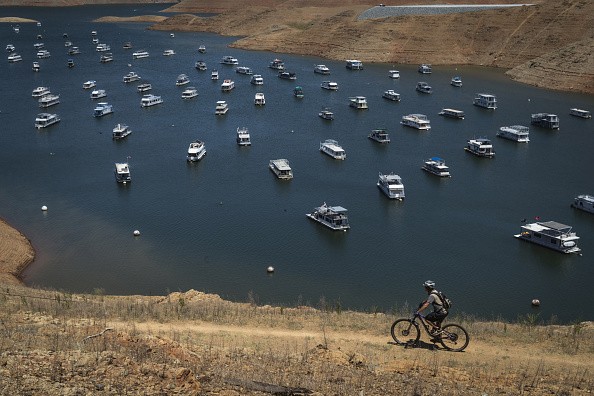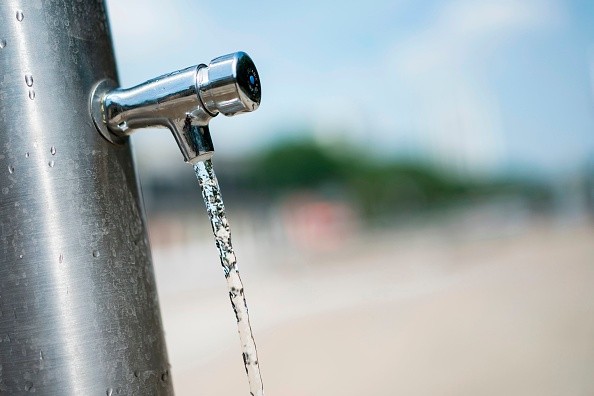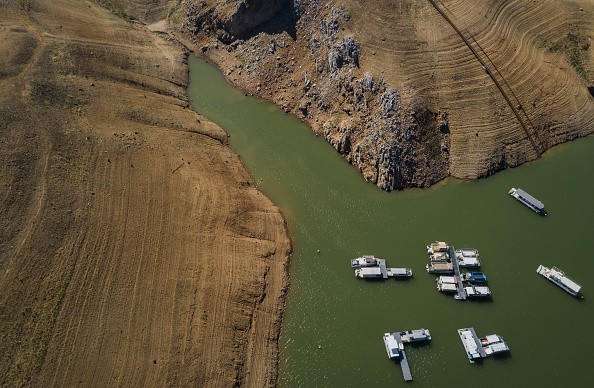For 48 hours after rainstorms, Californians will no longer be allowed to water their lawns or let their sprinklers flow on the pavement under new, obligatory water saving laws that may result in a fine of up to $500 a day.

California Drought
Despite a recent wave of heavy rain and snow, California continues to suffer from drought conditions, according to state regulators, who imposed the limits on Tuesday.
Taking into Effect
The laws may go into effect as early as the end of the month. At the same time, officials emphasized that they want to encourage voluntary conservation and that local governments will decide fines.
California Water Consumption

In the past, California's governor, Gavin Newsom, had asked for households to lower their water consumption by 15% compared to last year, but the state has continued to fall short. The state's water use decreased by only 6% between July and November.
Under the new rules, outdoor watering that results in excessive runoff into the street and sidewalks will be prohibited; using water for landscaping and irrigation for 48 hours after storms that bring at least 0.25in (0.63cm) of rain; washing cars with hoses that do not have shut-off nozzles; and using potable water to wash driveways, sidewalks, buildings, and patios, as well as for street cleaning.
Exemptions
There are a few exceptions to this. For example, trees in roadway medians may be watered, whereas turf cannot. After an administrative evaluation is finished, the rules will go into force.
The new limitations come after a record-breaking rainy December, which state authorities cautioned would not last into the winter. Due to the climate issue, weather patterns have grown more unpredictable, and state meteorologist Michael Anderson predicted that January, February, and March would be drier than typical.
Related Article : Statistic Reveals How Big of a Damage Wildfires Caused in 2021
Heat Crisis

According to the US Drought Monitor, the wet December has provided some relief from the water crisis: in mid-December, almost 80% of California was suffering extreme or exceptional drought conditions, but by the end of the month, just about a third were experiencing those circumstances.
The severely dry circumstances earlier in 2021, which brought several of California's main reservoirs to record and near-record lows, are still putting enormous strain on the state's water infrastructure, despite the rain.
"As we adjust to these uncertainties and build resilience to climate change, conserving water and reducing water waste are critical and necessary habits for everyone to adopt, so adopting emergency regulations now just makes sense," said Eric Oppenheimer, the state water board's chief deputy director. "We need to be ready for the drought to endure."
In November, Northern California was wetter than southern California and stored substantially more water.
California Rivers
States north of the San Joaquin River, including Sacramento and San Francisco, used 17 percent to 26 percent less water in November 2020 than in November 2020, while counties that account for 55 percent of the state's population used nearly 1% more, according to data from the department of water resources.
The state enacted similar limitations during the five-year drought that ended in 2017, and some towns and local water agencies made them permanent. Officials from the state water board were unable to specify how many of California's nearly 40 million residents are subject to such laws or how much water they hope to conserve.
Also Read : How Climate Misinformation Through Social Media Worsens the Battle Against Climate Change
For more news about natural calamities, don't forget to follow Nature World News!
© 2025 NatureWorldNews.com All rights reserved. Do not reproduce without permission.





